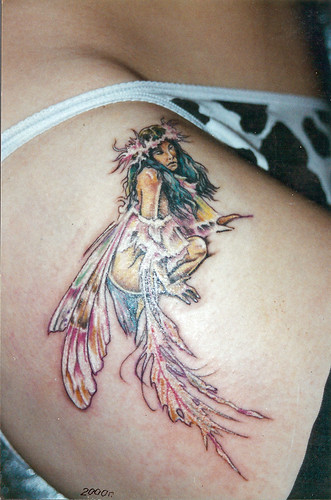There are so many ways to explore and reinvent Warhol's oeuvre. This exhibition taking place in Athens is another example. Andy Warhol really succeeded in being everywhere. I could be dedicating this blog to all things Warhol as there's not a day without Warhol-related-news.
This autumn, the Byzantine & Christian Museum, Athens, presents the ground-breaking exhibition, Warhol/Icon: The Creation of Image. The exhibition brings together key portraits by Andy Warhol from across the entire range of his career, providing a telling critique of the modern obsession with fame, a concept which fascinated Warhol and which stands at the centre of his work.
Set against the backdrop of the world’s greatest collection of Byzantine icons, the exhibition of Warhol’s media-derived images of contemporary celebrities explores the idea of the iconic in his portraiture. Curated by the distinguished Warhol scholar Paul Moorhouse, the exhibition probes the enduring significance and value of the icon, connecting historic sacred antecedents with Warhol’s modern icons: images of the famous created in a celebrity-obsessed secular era.
Common to the historic and modern concepts of an icon, the idea of worship is a central link. Warhol’s work endorses, dissects – and employs – those processes by which a real person’s identity becomes progressively obscured by their glamorised, iconic representation in the mass-media. Highlights of the exhibition include portraits of Jackie Kennedy, Marilyn Monroe, Mao, and Warhol himself – all idealised figures whose ‘image’ transcends their private, personal identity.
Seen in the context of the Byzantine & Christian Museum’s historic icons, Warhol’s modern ‘icons’ are presented as the outcome of a complex metamor-phosis in which the real has been transformed into a complex but glorious abstraction.
The Byzantine & Christian Museum, Athens, was founded in 1914. The collection represents Greek art from the 4th to the 19th century and contains the world’s pre-eminent collection of Byzantine and post-Byzantine icons.
To learn more: http://www.warhol-icon.com/























